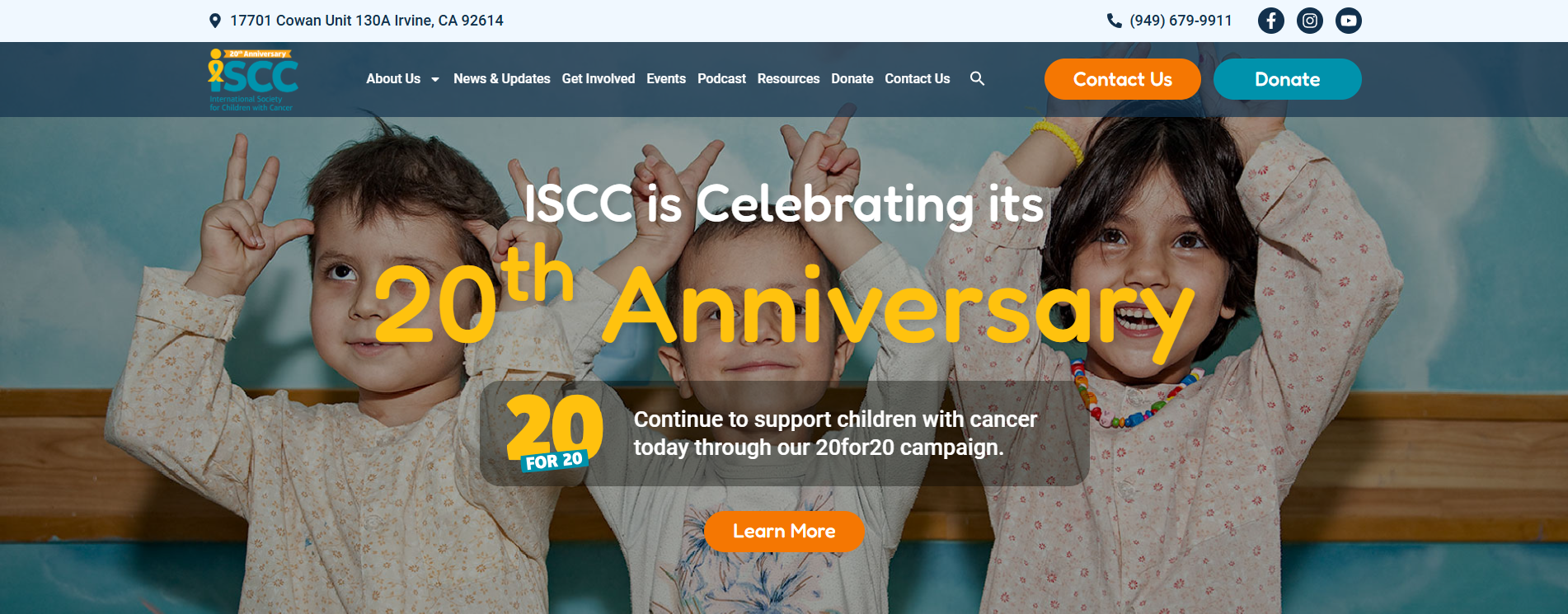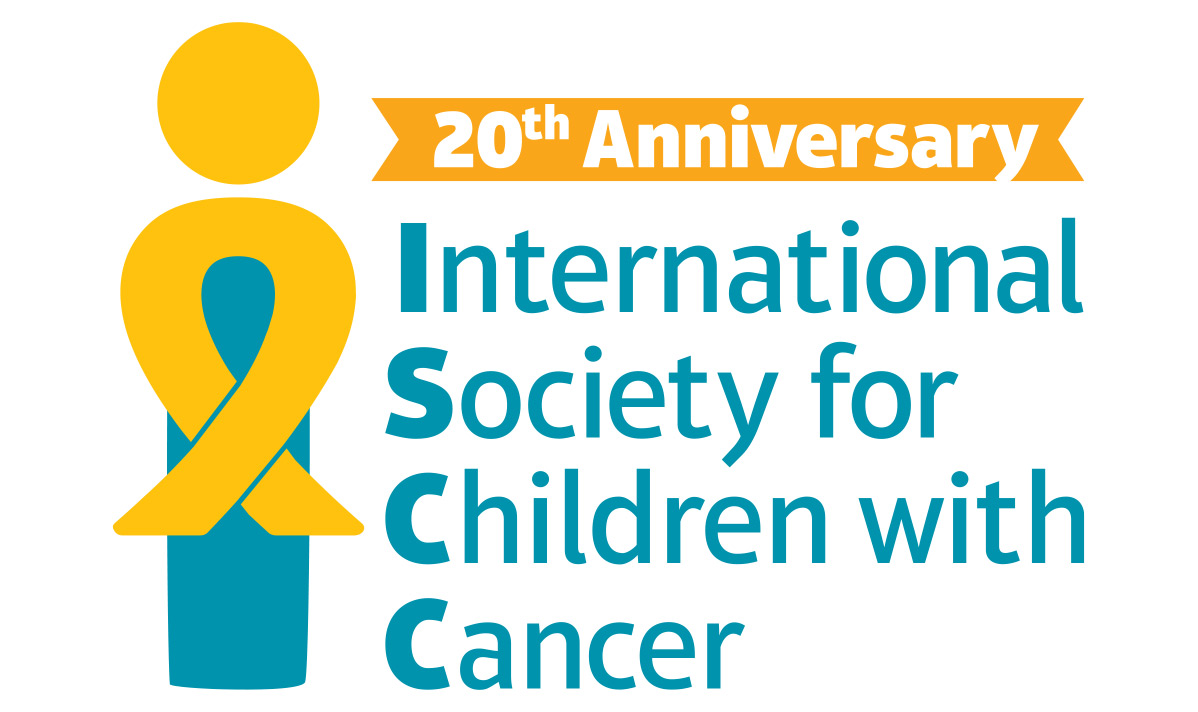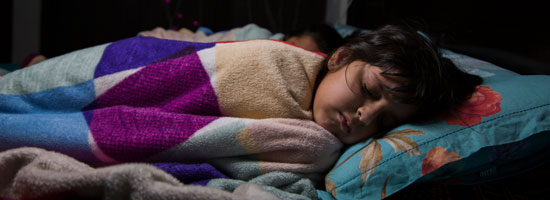A diagnosis of cancer doesn’t just affect a child’s immediate family members and neighborhood friends. When they go back to school, it’s something their classmates will likely have questions about. While it’s entirely up to you to determine how much information you want to share with the school and your child’s peers, doing so can ease some common fears or concerns and keep your child’s learning environment as comfortable as possible as they go through treatment.
Ask What Everybody’s Already Heard
Children aren’t as oblivious to what’s going on with their friends or classmates as you may think. Open up the discussion process by asking what everybody’s heard. This is also a good way to find out what myths or misconceptions may be floating around. Confirm anything that’s true (e.g., “Yes, your classmate does have cancer.”) You might also explain that cancer is the reason why your child has missed some days of school, especially if they’re in the early stages of treatment.
Address Common Fears
Continue the discussion by going over the facts and clarifying anything that’s a misconception, such as thinking that cancer is something you can catch just from being around somebody who has it. This is a good time to invite your child’s classmates to ask questions. You can also turn the conversion into a discussion about common fears associated with your child’s treatments, like losing hair, so they’ll have a better understanding of what your child is going through.
Keep the Conversation Age-Appropriate
Your discussion should be age appropriate for the group you are talking to about your child’s condition. It’s fine, for example, to simplify things if your child’s classmates are in first or second grade. But teens can handle a more in-depth discussion about cancer. Your child’s teachers should be able to give you some guidance with what to talk about or how to phrase things.
Use Dolls, Drawings, or Other Visual Aids
Some school children may need some help understanding what your child is dealing with beyond the words you are using to describe things. Special medical dolls, drawings, or other visual aids can improve comprehension. These tactics can also be used to explain things like the potential side effects of chemotherapy and other treatments your child is having. Some medical dolls also have things like central line tubes that can be used to show where your child gets their medicine. Such dolls may also be useful for explaining:
- Treatment-related hair loss
- Puffy cheeks from steroids
- Cancer-related anemia that causes pale skin
Leave some decisions about who knows about the cancer and how discussions are handled up to your child. For instance, if your child or teen really doesn’t want their classmates to know about their cancer right now, consider just telling their teachers and other school officials who may need to know instead. Other times, children won’t mind at all. However, they may prefer not to be in the room during the conversation if they’ve already had to deal with enough cancer talk. Be as flexible as possible to maintain your child’s personal peace of mind.











